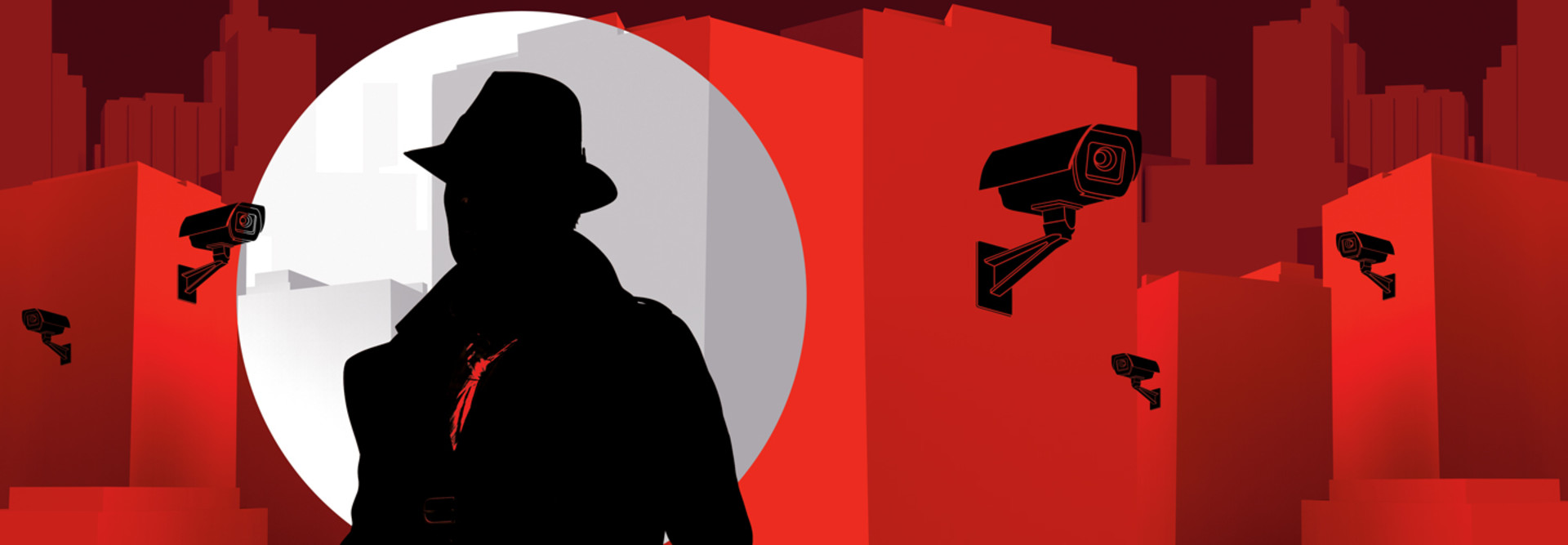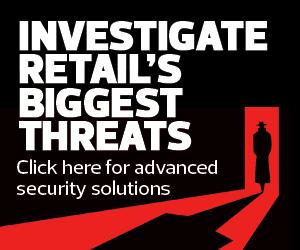Retailers have long been focused on loss prevention — combatting theft and loss of inventory, either from customers or employees. Recently, enhanced forms of video surveillance, combined with artificial intelligence technology, have helped them improve their strategies for detecting and preventing theft.
Some of the nation’s largest retailers have been deploying these technologies for years to fight “shrink,” the umbrella term the retail industry uses to cover losses due to theft, scanning errors and fraud.
The scope of the problem is significant, according to the National Retail Federation, whose 2022 Retail Security Survey found that shrink represented $94.5 billion in losses in 2021, up from $90.8 billion in 2020. However, retailers are taking steps to combat the losses, with the survey finding that 30 percent of respondents are either implementing or planning to implement point-of-sale or self-checkout video analytics.
However, to be effective, AI tools need to be combined not just with cameras but also with real-time analytics and alerts sent to store employees, says John Harmon, technology and equity analyst at Coresight Research, a retail-focused technology consultancy.
How AI and Video Surveillance Tools Help Retailers Prevent Theft
A wide range of activities make up retail shrink, including shoplifting, employee theft, delivery theft and organized crime. AI-infused video surveillance tools can help retailers address many of these concerns, Harmon says.
Computer vision is a key element of this emerging tech for retailers. Such AI tools let retailers analyze the video their cameras are capturing, including customers’ actions, movements and body language.
With these tools, cameras can identify whether certain people are loitering, or if they’ve come into the store several times without buying anything. “That could be an indicator of future criminal activity — casing the joint for a future crime,” Harmon says. “They can also detect a threatening behavior to store associates, if someone is pounding on the table or throwing things or waving their hand.”
Computer vision software can also detect whether someone has swept a product off a shelf or tried to put an item into a bag they brought from outside, Harmon says. Additionally, it can determine if crowds are forming outside ahead of organized group thefts.
Advanced Theft Tactics That Computer Vision Tools Can Foil
Enhanced video surveillance tools can also detect other types of theft and fraud, including ticket switching, product switching and “sweethearting.”
“Ticket- and product-switching involves retail offenders using the barcode from a less expensive item in place of the barcode for a more expensive item while scanning products,” the NRF report notes. Sweethearting involves store employees giving products to a favored customer for free or at a discount.
Click the banner below to learn how enhanced video surveillance can help prevent retail loss.
Retailers must also be alert to transactions that store associates initiate without a customer present at all. This is often a red flag for a fraudulent transaction, but it can be difficult to spot manually. Some AI-enabled enhanced video systems are specially designed to detect when such transactions take place, including one that provides a dashboard with transactions of interest for the retail loss prevention team to review.
Harmon says that AI and computer vision tools can help with more than just loss prevention. By identifying specific items on store shelves, cameras can give retailers a better understanding of what is in their stores and where. That data can help ensure that retailers have enough inventory on hand to meet customer demand, which can improve customer satisfaction.
Separately, computer vision and video analytics tools can help retailers determine which items are being targeted for theft. They can then identify the items’ value and which items are stolen the most and when, Harmon says. Pinpointing those patterns can help retailers devise strategies for item placement or staffing at certain times of day or in certain parts of the store to prevent theft.
“You can identify that this person came into the store every day at 3 p.m. and stole $100 worth of steaks, for example,” he says. “You can then say, ‘We need to lock up our steaks or take some measures to combat that.’”
EXPLORE: How the retail industry can use tech to regain its footing.
The Keys to Effective AI Retail Surveillance
Organizations must go beyond merely deploying surveillance cameras powered with AI software, Harmon says. To be truly effective, these tools need to be wedded to edge computing and real-time analysis and alerts.
“You don’t want to send it off to a cloud computing farm and have to wait half an hour for an answer,” Harmon says. Retailers need to have back-office edge computing capacity onsite to analyze data from surveillance cameras, detect anomalous events and alert staff on mobile devices to take action. “If you see someone doing something, you want to know in real time,” he says.
30%
The percentage of respondents who are implementing or planning to implement point-of-sale or self-checkout video analytics
Source: National Retail Federation, 2022 Retail Security Survey, Sept. 14, 2022
Such tools also need to be used at self-checkout terminals, according to Harmon. A common tactic of thieves is simply putting items into bags at self-checkout without scanning them.
Catching that in real time and sending an alert to an employee can help retailers prevent the theft.
One of the most effective ways to deter theft, Harmon says, is for retail employees to approach would-be thieves and ask if they need help. “They kind of lose their nerve and give it up,” he says. “So, there are ways to use this and communicate with employees in real time so you can thwart them or stop them, if that’s what you want to do.”
AI tools can also detect whether a customer is scanning an item priced at, say, $5, but the self-checkout terminal is consistently reading $2. That could be evidence of a sweetheart setup, he says.
Harmon recommends that retailers determine their priorities, whether it’s loss prevention, inventory accuracy or something else. Once they do so, he says, they can make efforts to “find technology providers and system integrators and the whole army of partners” to help them implement solutions.
“Retailers are in the retail business. They’re not really in the technology business, unless you’re a huge chain that spends billions of dollars a year on technology,” Harmon says. “Retailers have to turn to their solution providers for this. Retailers don’t need to be messing around with AI computer vision models. But they need the benefits from them.”












